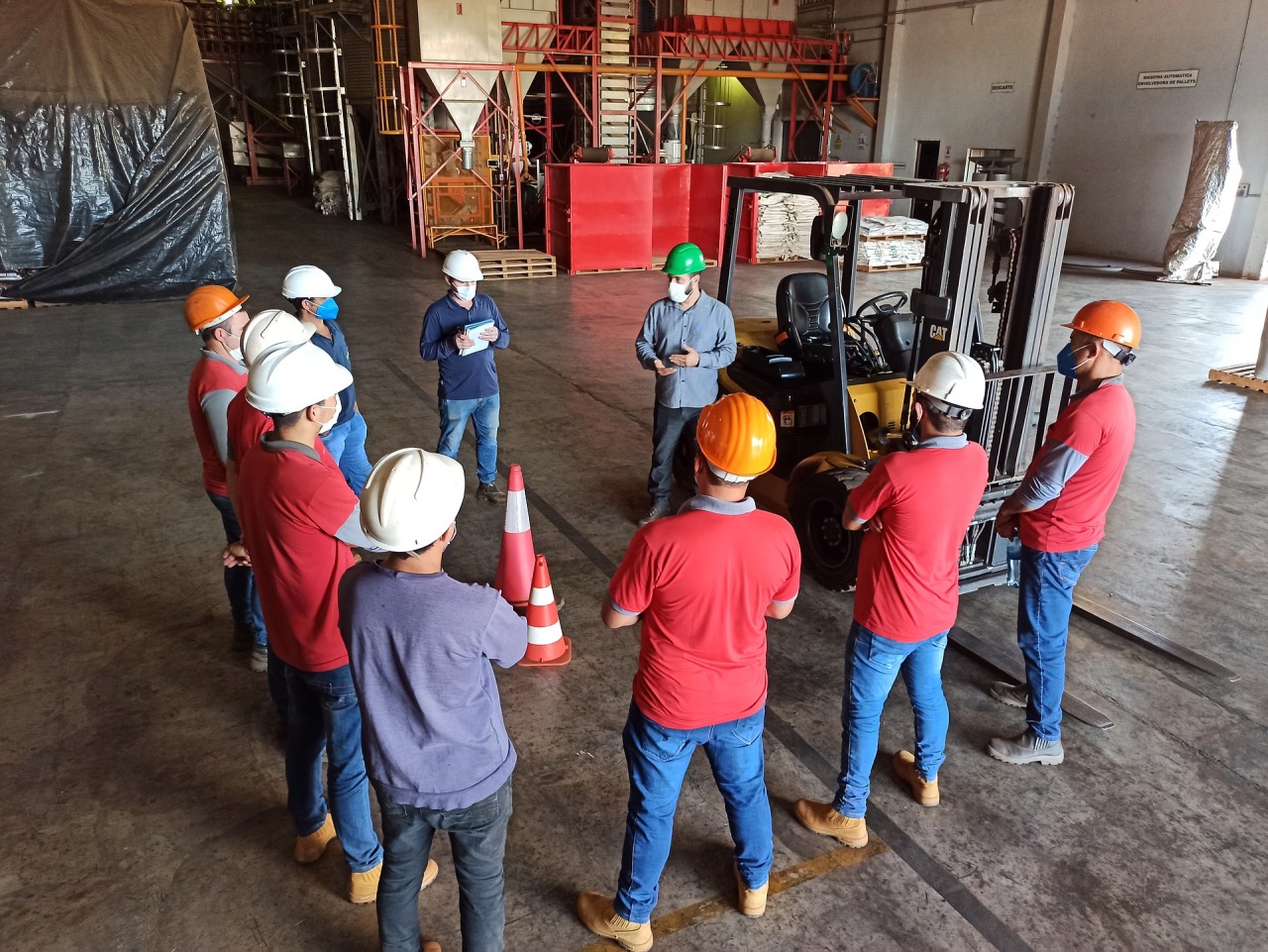Guaranteeing Workplace Safety: The Crucial Guide to LOLER & PUWER Compliance for Lifting Equipment
Guaranteeing Workplace Safety: The Crucial Guide to LOLER & PUWER Compliance for Lifting Equipment
Blog Article

Within the domain of workplace safety, guaranteeing the correct use, routine inspection, and maintenance of lifting equipment is not just simply ticking boxes—it's a key element of preserving the health and well-being of employees. The Lifting Operations and Lifting Equipment Regulations 1998 (LOLER) and the Provision and Use of Work Equipment Regulations 1998 (PUWER) stand as pillars in the UK's framework for safety standards, specifically tailored to address risks connected to lifting operations and equipment. This thorough guide strives to simplify PUWER and LOLER compliance, providing employers and safety professionals with the information required to ensure a safer working environment.
Understanding LOLER 98 & PUWER 98 Examinations
What is LOLER?
LOLER is a set of regulations that specifically focus on lifting operations and equipment used at work. Its main objective is to reduce risks to people’s health and safety from lifting equipment provided for use at work. Under LOLER, all lifting operations must be properly planned, supervised, and carried out in a safe manner by competent personnel.
What is PUWER?
PUWER, on the other hand, applies more broadly to all types of work equipment website and work situations. It outlines the requirements that equipment provided for use at work is suitable for the intended use, safe for use, maintained in a safe condition, and inspected to ensure it is correctly installed and does not subsequently deteriorate.
Key Requirements for Thorough Examination Compliance
LOLER Compliance
- Risk Assessment: Before using lifting equipment, a thorough risk assessment should be conducted to detect potential hazards and enact measures to mitigate them.
- Equipment Suitability: Lifting equipment must be appropriate for the intended task, considering factors like load capacity and environmental conditions.
- Periodic Inspections: Regular inspections and thorough examinations are required at specified intervals: at least every six months for equipment used for lifting people and every 12 months for all other lifting equipment, or in accordance with an examination scheme or after any significant change or event.
- Record Keeping: Maintain records of all lifting equipment and inspections, including the date of the last examination, any defects found, and any repairs or modifications made.
PUWER Compliance
- Equipment Selection: Work equipment must be picked taking into account its suitability for the task and the conditions under which it is to be used.
- Maintenance and Inspection: Equipment must be kept in a safe condition and inspected regularly to ensure it remains safe for use. The frequency of inspections should be based on the manufacturer’s recommendations and the intensity of equipment use.
- Training and Information: Provide necessary training to all employees who operate or interact with the equipment, ensuring they are knowledgeable on its safe use and any potential hazards.
- Access Controls: Implement measures to prevent unauthorized use of equipment, which may include key controls.
Implementing Effective Safety Measures
- Engage Qualified Personnel: Ensure that individuals responsible for conducting risk assessments, inspections, and maintenance are adequately qualified and experienced.
- Adopt a Proactive Maintenance Schedule: Consistently monitor and update maintenance schedules based on equipment usage and environmental conditions to prevent equipment failure and accidents.
- Foster a Safety Culture: Encourage an organisational culture that prioritises safety through continuous education, open communication, and by empowering employees to report potential hazards.
- Utilise Technology: Consider the adoption of safety management software to streamline record-keeping, schedule inspections, and track compliance activities.
FAQs
Q: How often should lifting equipment be inspected under LOLER?
A: Lifting equipment should be inspected at least every six months for equipment used for lifting people and every 12 months for all other equipment, or following the manufacturer's guidelines.
Q: Can anyone perform the inspection and maintenance required under LOLER and PUWER?
A: Inspections and maintenance should be carried out by qualified individuals website with the necessary skills, knowledge, and experience to perform these tasks safely.
Q: What should be done if a piece of equipment fails its inspection?
A: Any equipment that fails its inspection must be get more info promptly withdrawn from use and should not be returned to service until it has been repaired and cleared a subsequent inspection.
Conclusion
Ensuring compliance with LOLER and PUWER is vital for maintaining a safe workplace, especially where lifting equipment is concerned. By understanding and adhering to these regulations, employers can significantly reduce the risk of accidents and injuries, thus fostering a safer and more productive working environment. Remember, workplace safety is not just a regulatory requirement; it's a commitment to the well-being of every individual on site. Report this page